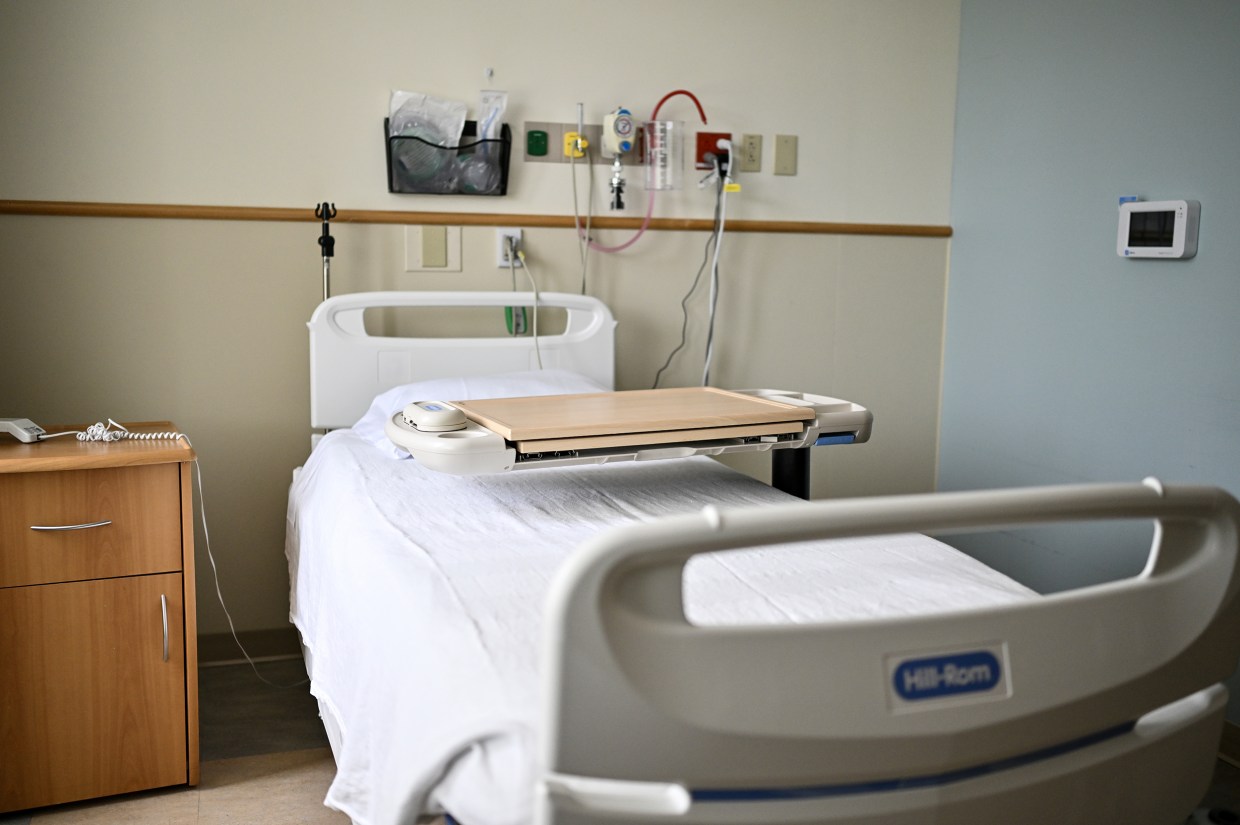A new analysis reviewing Medicaid’s financial composition has discovered that spending on emergency Medicaid constitutes an unexpectedly minor fraction of the total costs. Despite Medicaid being well-known as a crucial safety net for individuals and families with low income, the funds allocated to emergency services are relatively minimal. The study, which analyzed Medicaid’s comprehensive expenses over a specified timeframe, underscores the intricacy of the program’s financial distribution, emphasizing the significance of grasping the wider range of Medicaid’s funding allocations.
Comprehending Medicaid’s function within the United States healthcare framework
Medicaid, a major public health program in the United States, assists millions of people with low incomes by offering crucial healthcare services. These services include everything from regular medical exams to significant health procedures. The program incurs significant costs due to its wide range of services, addressing various healthcare demands. Interestingly, although Medicaid is commonly linked with emergency healthcare, research indicates that under 1% of its total spending is devoted to emergency medical services.
Understanding the financial structure of Medicaid is essential for policymakers, healthcare providers, and the public. The revelation about emergency spending may alter perceptions of Medicaid’s priorities and usage, especially given that many people perceive emergency services as a central part of the program’s offerings. However, this study challenges that assumption, shedding light on how Medicaid’s funds are actually spent and where the majority of resources are directed.
Why emergency services represent a small portion of costs
The healthcare system in the U.S. is complex, and Medicaid plays a significant role in supporting individuals who otherwise might not have access to necessary medical care. However, it’s important to recognize that the program’s financial resources are stretched across a wide range of services, not just emergency care. For instance, a significant portion of Medicaid’s budget goes toward long-term care services, prescription drug coverage, and preventative health services, which are often more cost-intensive than emergency treatments.
Although urgent services play a vital role, particularly for individuals requiring immediate attention, they only constitute a small part of the costs covered by Medicaid. While emergency treatment is generally brief, the prolonged needs of Medicaid beneficiaries, especially seniors and those with disabilities, necessitate a more substantial allocation of the budget. This encompasses hospitalizations, long-term care facilities, and other extended services necessitating continuous financial backing.
The small share of emergency spending also raises questions about the availability and accessibility of emergency medical services under Medicaid. Some critics argue that the relatively low percentage of emergency-related funds could mean less focus on urgent care when people need it the most. Others, however, may argue that the allocation of resources is a reflection of a broader trend within the healthcare system where emergency services, while critical, are often a reactive measure rather than a preventive one.
Potential impacts on the future financing and focuses of Medicaid
The results of this research might significantly influence the distribution of Medicaid funding moving forward. If a large part of the program’s budget isn’t directed towards urgent medical care, decision-makers might have to reconsider the approach to balancing short-term health services with the requirements for long-term care. This might result in changes to funding priorities to guarantee adequate support for both urgent and continuous care, thus avoiding potential deficiencies in the system.
The challenge will be to maintain Medicaid’s ability to provide emergency care when necessary while ensuring the program’s long-term sustainability. As healthcare continues to evolve in the U.S., understanding the financial distribution of programs like Medicaid will be crucial for making informed decisions about how to best serve the needs of vulnerable populations.
An expanded perspective on Medicaid’s effects
The finding that emergency Medicaid spending represents less than 1% of the program’s total expenses underscores the complexity of Medicaid’s financial structure. While emergency care is essential, Medicaid’s broader focus includes a variety of services designed to address long-term health needs. As the study suggests, policymakers and stakeholders must continue to evaluate how resources are allocated within the program to ensure that both emergency and long-term care needs are met effectively.

